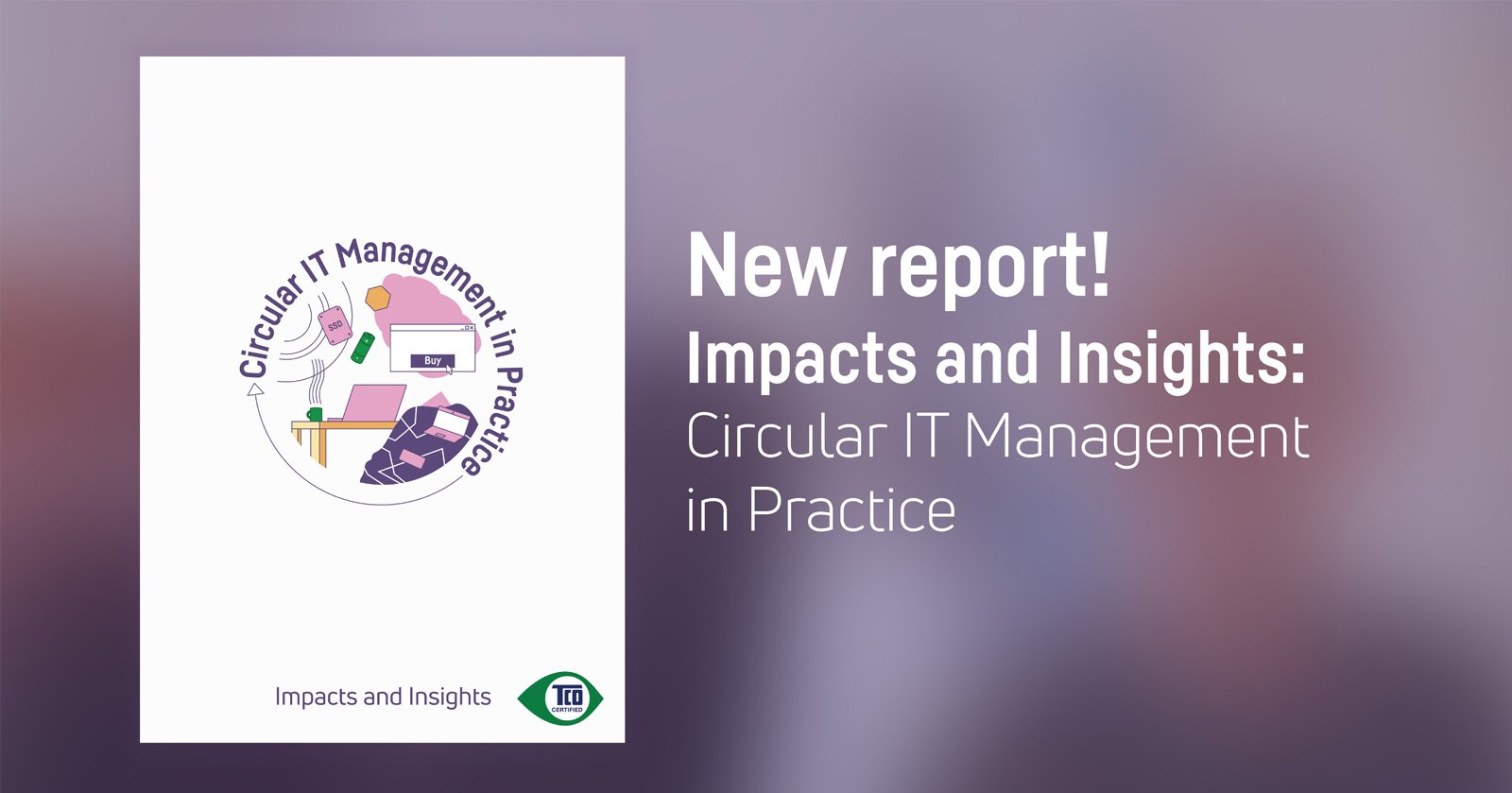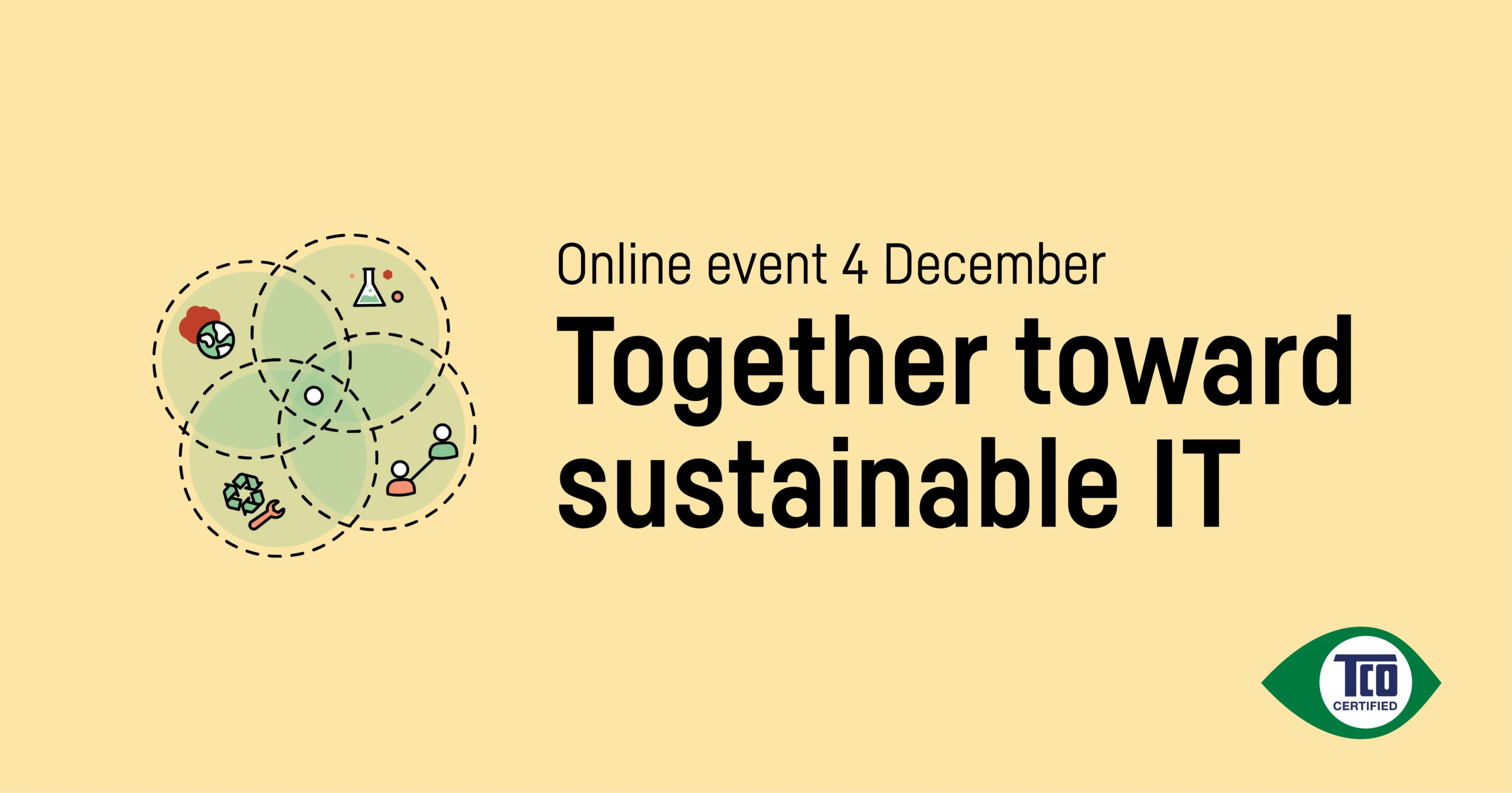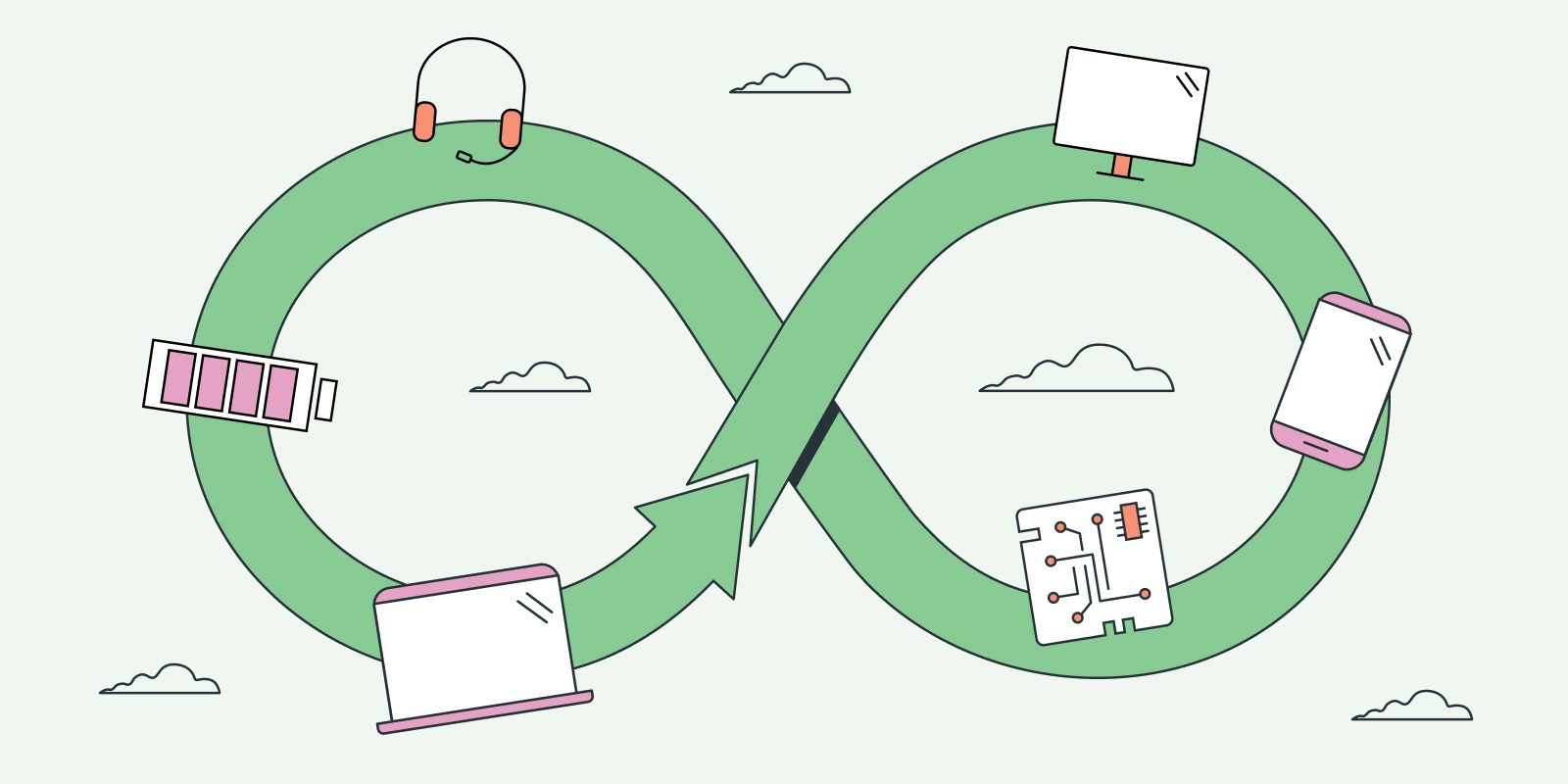In this year’s edition of Impacts and Insights, we’re deep-diving into circularity. What does this actually mean for IT products — and how can the circular economy be implemented on the ground, when you procure and use IT products? What stands in the way for circularity and how can these obstacles be removed?
To answer these questions, we’ve spoken to experts in the field (including our own), interviewed people on the frontline of circular procurement, and checked in with some IT brands to get a snapshot of how the transition is going.
This is the result. A report explaining how the linear production and consumption of IT products contribute to the climate crisis, the unsustainable depletion of natural resources and enormous amounts of toxic e-waste, but also how a circular approach can contribute to solving these sustainability issues. Our ambition is to go further than listing theories and provide concrete help for those of you who want to take the next step in managing IT products in a circular way. This is why we have asked everyone we’ve interviewed for practical tips. At the end of the report, all 33 hands-on tips are collected, to help you move forward.
Clare Hobby, Global Purchaser Engagement Director at TCO Development.
One thing we’ve learned during our work with this report is that the most important thing is to actually get started. The transition to the circular economy is essential, and we all need to play an active part in making the switch. It doesn’t matter so much what the first step is as long as you take it.




